Bacteria aren’t always a bad thing — in fact, understanding how good bacteria support your health can help you lead a more balanced lifestyle inside and out. Take the skin’s microbiome, a complex network comprising trillions of bacteria, fungi, viruses and other particles that impact how our skin looks and feels. This microscopic world connected to our bodies is responsible for regulating the skin barrier’s function, thus protecting us from pathogens, toxins and other environmental factors. It also affects the skin’s appearance, which is why microbiome skin care has become a fast-growing category in the beauty realm.
“The human body is an ecosystem unto itself,” explains board-certified dermatologist and founder of Macrene Actives Dr. Macrene Alexiades. “The microbiome is a major component of this ecosystem where communities of micro-organisms live within and upon human tissues.”
A disrupted microbiome, where good bacteria are overrun by trouble-making bacteria, can result in acne, eczema, psoriasis and other skin irritations.
So what can we do to maintain a healthy skin microbiome? The goal here is to find equilibrium: “The microbiome teaches us the importance of bacterial balance — no matter how much divisiveness surrounds us, human bodies always seek critical balance to maintain our well-being,” Ray Suzuki, founder of probiotic skin care brand Intō, says. “The complex nature of our microbiome is essential to our health, yet quiet and invisible.”
While elusive, there’s increasing awareness of the skin’s microbiome and its effects on our complexions and overall well-being. Read on to learn what three experts have to say about building a microbiome-friendly skin care routine.
A microbiome is a community of microorganisms that live together. On and within the human body, there are different systems of microbiomes that have specific characteristics dependent on the microbiota, or skin flora (the bacteria, fungi, viruses and other microorganisms), that occupy that area. As the body’s largest organ, the skin’s microbiome can even look different at specific sites on the body. For example, the microbiota that reside in or on the skin of our faces will vary from those that inhabit the skin of our feet, because they are exposed to different environmental factors (the face will be subject to more UV, pollutants and other factors that accompany daily exposure, while the feet will deal with bacteria that thrive with sweat and its mix of proteins).
The skin “acts as a protective barrier between our internal bodies and external environments,” Suzuki says. As such, the skin’s microbiome plays an important role in assisting our immune system to defend our body from pathogens. “When our microbiome becomes unbalanced, we can end up compromising the task force of good bacteria that keeps our skin healthy, causing dryness and irritation,” Suzuki shares.
It also goes beyond skin-deep — the skin microbiome is shown to have a bidirectional relationship with the gut’s microbiome in what is called the gut-skin axis. This dynamic means that imbalances in the skin’s microbiome can indicate changes in the gut’s microbiota (and vice versa), which can manifest as both skin conditions and gut diseases.
This connection is important when it comes to skin care because imbalanced skin and gut microbiomes can be treated with pre-, pro- and postbiotics — more on this in the next section.
With the rise in microbiome-friendly skin care, you’ve likely seen probiotic skin care crop up, too. Probiotics are live bacteria that affect the microflora of the body. When ingested as a supplement or in probiotic-rich foods, like yogurt, they will alter the gut’s microbiome, adding more good bacteria to balance out the bad bacteria. When the gut is happy and healthy, the skin’s microbiome will follow suit.
While probiotics are often referenced in microbiome-friendly skin care, prebiotics and postbiotics play a role, too. Prebiotics are derived from non-digestible compounds in fiber-rich foods and stimulate the growth of healthy, probiotic bacteria — instead of adding new bacteria into the system, prebiotics will help the existing beneficial bacteria in the gut flourish. As probiotics feed on prebiotics, postbiotics are created, so their presence indicates successful probiotic activity. Outside of the body, postbiotics are found in fermented foods, like kimchi or miso soup, where probiotics have metabolized prebiotic material.
If you take probiotic supplements, you probably know that they need to be refrigerated to keep the cultures alive. Because probiotics have a limited shelf life, probiotic skin care is unlikely to contain living microorganisms and Alexiades “is not a proponent of applying living cultures to the skin.” Instead, the dermatologist suggests “ingesting and applying raw and simple plant-based ingredients as much as possible — and remember to never overdose on any one ingredient orally or topically. Just as you should incorporate many vegetables and herbs in your diet, so should you do for your skin.”
According to Suzuki, “the topical application of probiotics has been shown to reduce the proliferation of harmful microorganisms that cause discomfort and irritation on the skin’s surface.” Non-living probiotics are actually common ingredients in skin care, whether it is labeled as probiotic skin care or not. For example, bifida ferment lysate, a key ingredient in Suzuki’s probiotic-packed Intō products, is also found in Estée Lauder’s Advanced Night Repair Eye Serum, Lancôme’s Advanced Génifique Radiance Boosting Face Serum and Clinique’s Turnaround Revitalizing Lotion. The probiotic helps protect against UV rays, support skin barrier function and decrease skin sensitivity.
However, as with trying out any new skin care product, there may be a learning curve to finding what probiotic skin care is actually effective. Dr. Elsa Jungman, a scientist with a Ph.D. in skin pharmacology and founder of a namesake skin care line, advises that consumers do their research on what probiotics are scientifically proven to help the skin. “If I claim I have a probiotic in my product, it’s supposed to help grow certain bacteria on my skin, so I want to make sure that it’s a bacteria that’s actually beneficial,” she says. The expert also notes that skin care “doesn’t necessarily have to be a probiotic to benefit your microbiome.” Ingredients like squalane, vitamin C and aloe vera extract can support a healthy skin microbiome, too.
Before adding new products into your skin care routine, Jungman suggests taking a survey of your skin’s current condition, products in your daily rotation and your diet and lifestyle habits that can affect the gut-skin axis. Oftentimes, she says, people are overdoing it with skin care and the solution can be to take a simpler, targeted approach. “Because we’ve been pushed to clean our skin too much, you can strip it from its good bacteria, good moisture and oil,” Jungman says. “Because of that, you have dry skin and then you layer on more moisturizer and products to try to recreate that balance.” By starting with a better understanding of your skin’s natural condition and the environmental and internal factors that have an impact on its microbiome, you can support a balanced ecosystem.
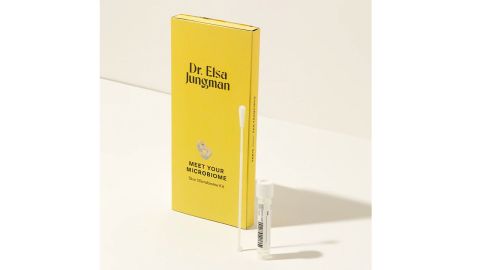
To help educate people about their microbiome, Jungman developed an at-home Skin Microbiome Kit, which can tell you the most common bacteria and fungi in your microbiome, along with other insights based on the balance of good and bad bacteria present. For additional guidance, the test is now available as a part of The Reset facial series at Face Haus spas across the country, in which a professional esthetician (or as Face Haus calls them, esthies) will go over your microbiome test results and help you build a personalized microbiome-friendly regimen.
Aurelia London Revitalise & Glow Serum

Containing bifida ferment lysate, this dermatologist-tested face serum calms and balances the skin with probiotics while protecting it from environmental immune triggers like pollution and stress.
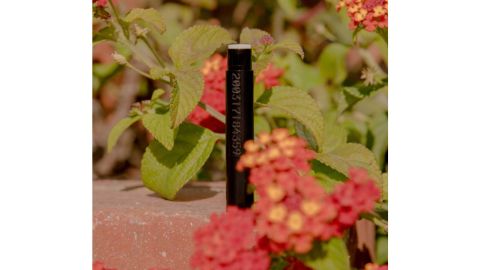
This lip balm contains probiotics bifida ferment lysate and enterococcus faecalis to promote moisture and protect from UV rays.
Sk*p Face + Body Moisturizer
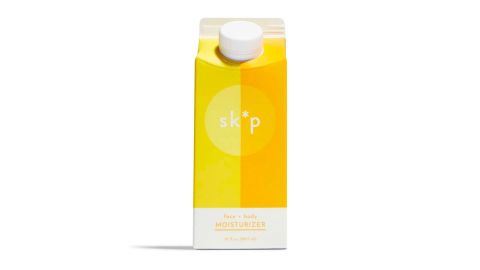
Made with a proprietary g-honeybiome complex derived from a bio-fermentation process, this multipurpose moisturizer supports a healthy microbiome by boosting the skin barrier’s hydration and balancing lipid production.

Alexiades created this cleanser to “maintain proper pH and microbiome, while firming, toning, smoothing skin texture, and helping to reduce the appearance of fine lines and wrinkles,” she says. “Three vitamin Bs work to control sebum, which in turn prevents overgrowth of unwanted organisms.”
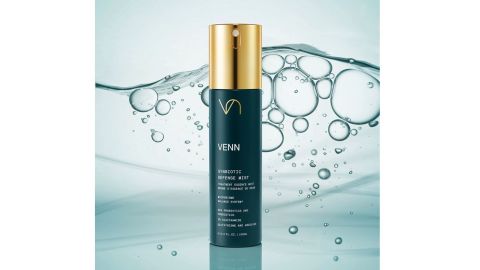
Probiotics and prebiotics power this balancing face mist that offers a veil of hydration and soothing refreshment for stressed out skin.
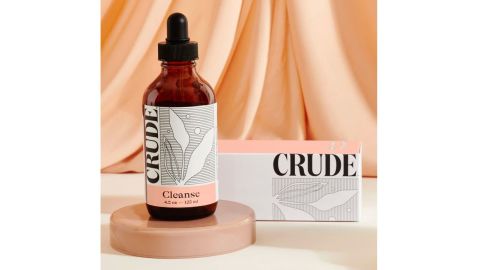
Be gentle on your biome with this oil cleanser and makeup remover that removes impurities and dirt without stripping your skin of its natural oils.
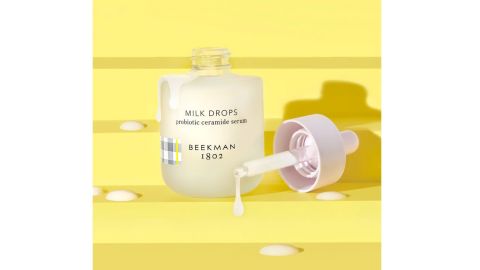
Skin-loving ingredients like squalane, ceramides and hyaluronic acid complement probiotics and Beekman’s 1802 goat milk blend in this hydrating, glow-enhancing serum.
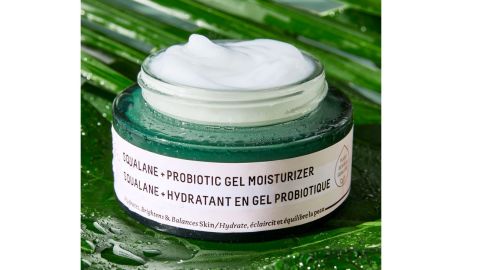
A good option for those looking to balance oily or combination skin, this gel moisturizer contains lactococcus ferment lysate to help with clarity and redness. Treating the oh-so-important skin barrier to squalane, ginger extract and red seaweed calms the complexion while preserving its moisture.
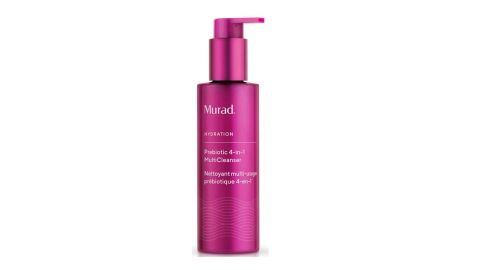
Prebiotics help nourish good bacteria on the skin while washing away the day’s dirt, oil and makeup in this unique gel-to-oil cleanser. It leaves skin soft and not stripped, thanks to its peptides, hyaluronic acid and prebiotic sugars.

